Discover Peru’s coast—a destination full of life, history, and natural contrasts. From golden deserts to vibrant beaches, this coastline offers truly unique experiences. Get ready to explore charming towns, world-famous cuisine, and a rich cultural heritage.
Peru’s coastal region blends modernity and tradition at every stop. Cities like Lima, Paracas, and Máncora will amaze you with their diversity. Here, every journey becomes an unforgettable adventure alongside the Pacific Ocean.
This article is your complete guide to traveling along Peru’s coast. We’ll show you the best routes, activities, and local tips. Learn when to go, what to pack, and how to make the most of your visit with Salkantay Trekking.
Where is the Peruvian coast located?
Peru’s coast stretches along the Pacific Ocean, on the country’s western edge. It spans over 3,000 kilometers from the border with Ecuador to Chile. This coastal strip is one of Peru’s three main regions, along with the Andes and the Amazon.
The coast lies between the sea and the western Andes. Its terrain is mostly flat, featuring deserts and fertile valleys. Key cities like Lima, Trujillo, and Piura are all located here, with direct access to the ocean.
This region is Peru’s urban and economic heart. Lima, the capital, is situated on the central coast and is home to a large part of the population. From urban beaches to historic centers, it’s an essential stop on any itinerary.
To the north, the coast becomes warmer and more tropical. Regions like Tumbes and Piura offer warm-water beaches, perfect for relaxing or surfing. In the south, you’ll find Ica’s deserts and natural reserves like Paracas.
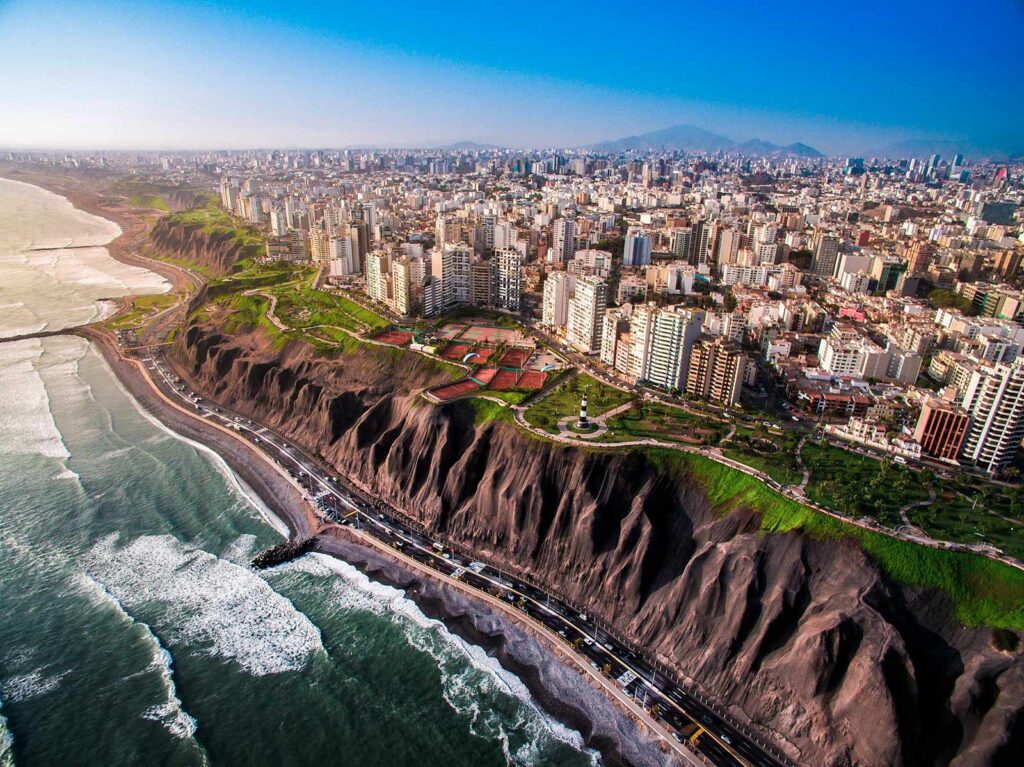
A region rich in geographical and cultural diversity
Despite its arid appearance, the coast is home to remarkable biodiversity. Places like the Paracas National Reserve protect unique Pacific marine species such as the Humboldt Penguin and the South American fur seal. This contrast between sea and desert creates spectacular landscapes for tourism.
The coast was also the cradle of ancient pre-Inca civilizations like the Moche and the Chimú. Sites such as Chan Chan and the Huacas of the Sun and the Moon reveal the region’s thousand-year-old history. These cultural landmarks perfectly complement sun-and-beach routes.
From northern beaches to southern dunes, the coast offers one-of-a-kind experiences. Understanding its geography is the first step in planning an unforgettable adventure.
Thanks to easy access, great weather, and a variety of attractions, this area is ideal for all types of travelers. This guide to exploring the coast of Peru will help you make the most of every corner of this vast region. Keep reading and discover why this coastline is a must-see on your next trip.
Reasons to Visit the Coast of Peru
Traveling along the coast of Peru means discovering a land full of contrasts, history, and flavor. This region combines endless deserts, vibrant beaches, and modern cities. Every kilometer reveals a new reason to explore it.
Peru’s coast offers a warm climate ideal for outdoor activities most of the year. From north to south, the landscapes change dramatically but always captivate. The Pacific Ocean is your constant companion throughout the journey.
Beyond its natural beauty, the coast is home to some of the country’s most important cultural heritage. Civilizations like the Moche and the Chimú left their mark in temples, pyramids, and murals. Visiting sites like Chan Chan or the Huacas of the Sun and the Moon connects travelers to a millennia-old past.
Peru’s capital, Lima, is also located on the coast and is the perfect starting point. The city blends modern energy with colonial history and contemporary art. Its culinary scene is world-renowned for its creativity and deep cultural roots.
A Region Full of Unique Experiences
The coast of Peru is the ideal destination for those seeking variety in one place. You can surf in Máncora in the morning and go sandboarding in Huacachina by the afternoon. If you prefer something more relaxed, enjoy a boat ride around the Ballestas Islands or watch the sunset at Playa Roja.
Marine wildlife is also one of the coast’s main attractions. Sea lions, penguins, and dolphins are frequently seen on guided tours. The Paracas National Reserve is one of the best spots to admire this incredible biodiversity.
Exploring Peru’s coast means savoring unique dishes like ceviche, tiradito, and anticuchos. Local markets and seaside restaurants serve fresh ingredients and authentic recipes. Coastal cuisine reflects a fusion of cultures and the richness of the sea.
Get ready for your next adventure! Read our Peru Travel Guide and discover everything you need before your trip—useful, updated information made for travelers like you.

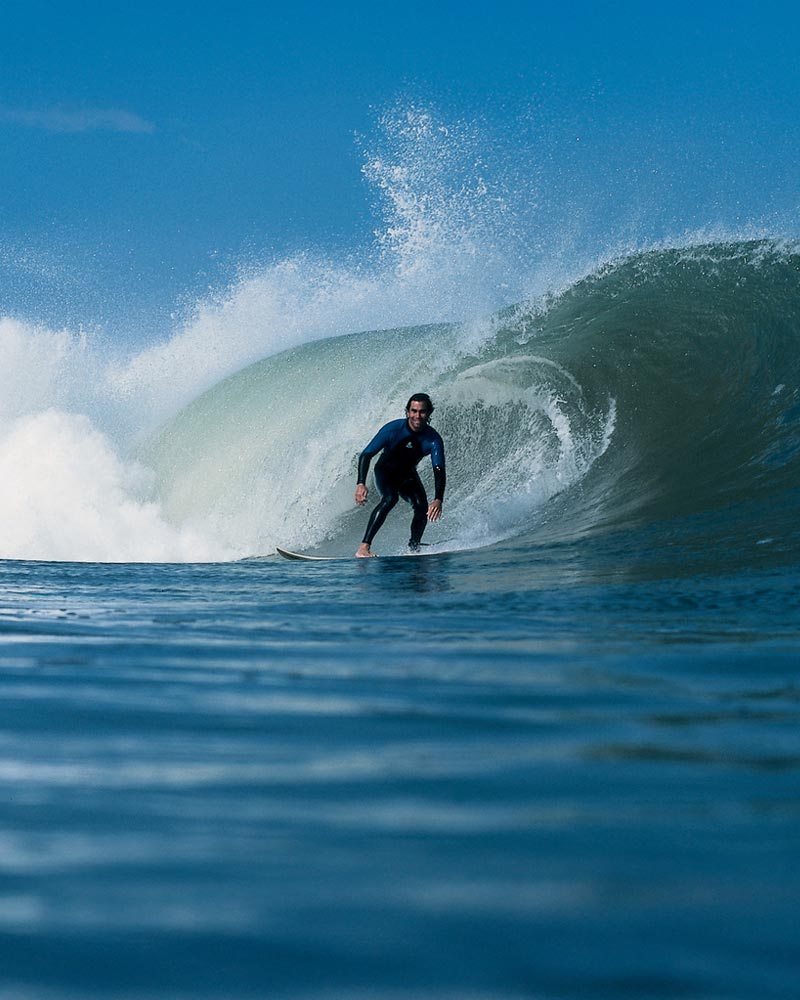
Best Time to Visit the Coast
The coastal climate in Peru is mostly dry, with clear skies and pleasant temperatures throughout much of the year. This region has two main seasons: summer and the cool season. Both offer distinct experiences depending on your travel style.
Peruvian summer runs from December to March and is ideal for sun and beach lovers. During this time, destinations like Máncora and Punta Sal are at their peak. Sunny days and warm waters attract both surfers and families looking to unwind.
The cool season runs from May to October, bringing overcast skies to central and southern coastal areas. However, northern Peru enjoys pleasant weather year-round. This season is perfect for exploring without extreme heat or rain.
Afternoon breezes help cool things down, especially in places like Paracas or Trujillo. These conditions are ideal for sports like kitesurfing or paragliding. They also make cultural and food tours more enjoyable without tourist crowds.

Choose the Perfect Time for Your Travel Style
If you’re looking for sun and beach vibes, summer is the best time to visit the Peruvian coast. Enjoy long days and lively nights in energetic destinations. Water activities like scuba diving and boat rides are at their best this season.
For those who prefer cultural or ecological travel, autumn and winter offer a calmer atmosphere. Natural reserves feature clear skies and fewer visitors. This makes the experience in places like the Paracas National Reserve even better.
Peru’s coast has something for everyone—no matter the season. Just choose the moment that best fits your interests. Check out our Complete Guide to Peru’s Coast and start planning your ideal trip with confidence.
January is perfect for coastal festivals like Mollendo’s Tourist Week, with lively beaches and cultural events.
Unmissable Places on the Peruvian Coast
Peru’s coast is a fascinating route that blends beaches, deserts, history, and surprising biodiversity. Each destination offers unique experiences that connect travelers with culture and nature. From the warm north to the breezy south, there’s something for every kind of explorer.
Máncora, located in Piura, is one of the country’s most popular destinations. Its consistent waves attract surfers, while its laid-back atmosphere charms those seeking relaxation. You can also go whale watching and enjoy a vibrant nightlife.
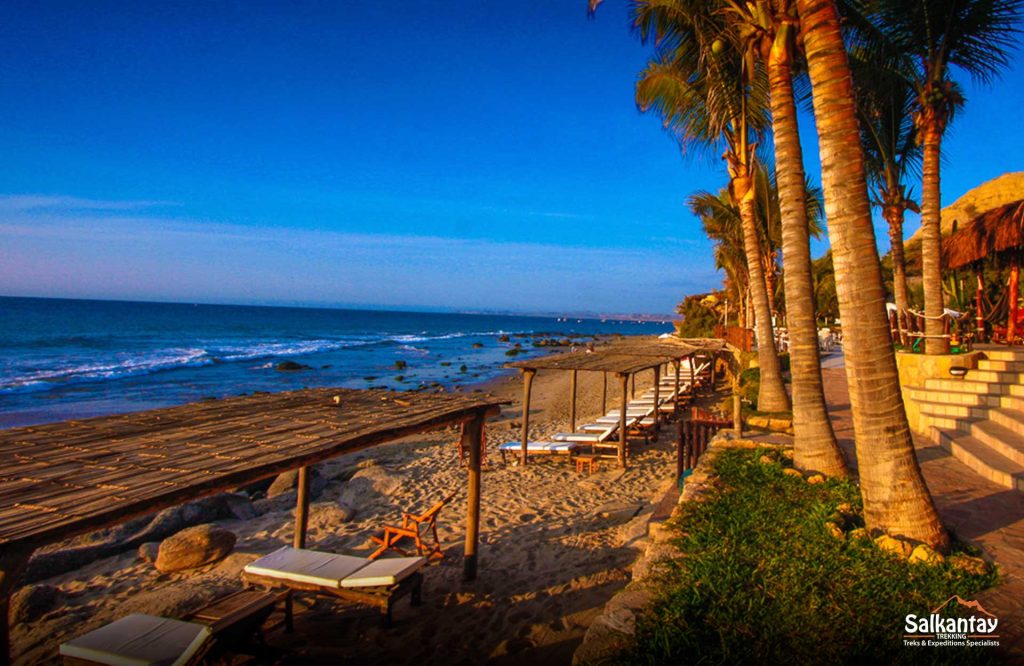
Punta Sal, in Tumbes, offers a more exclusive and family-friendly experience. Its calm waters and stable climate make it a perfect year-round retreat. Here, you can snorkel or take peaceful walks along the beach.
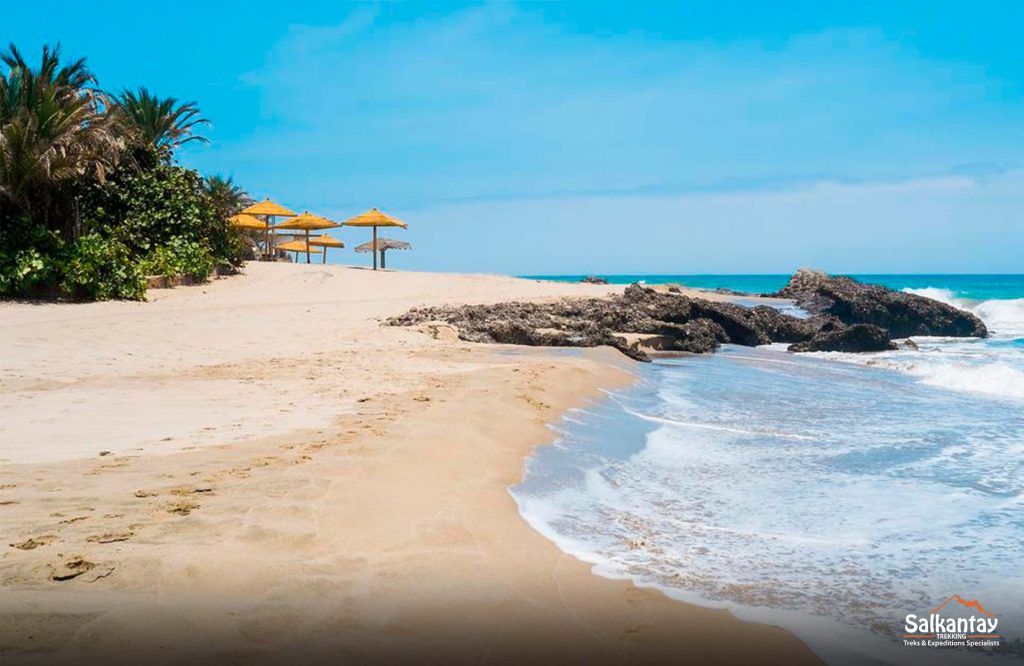
Zorritos is another gem in northern Peru, ideal for travelers in search of tranquility and a close connection with nature. Natural hot springs and mud baths provide a different kind of experience. Its proximity to Ecuador makes it a strategic stop.
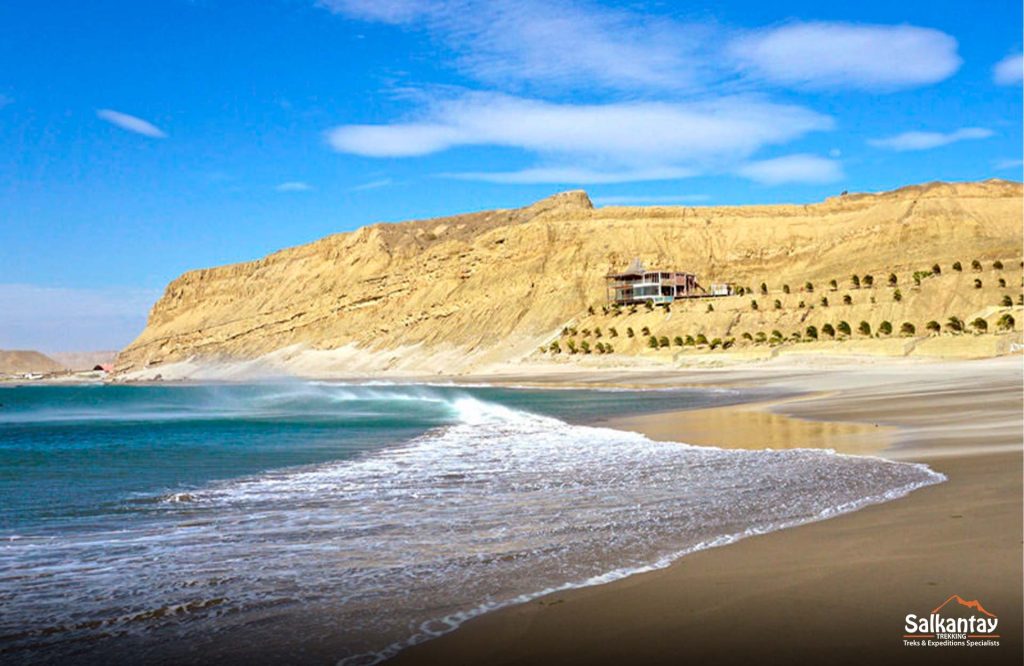
Beaches, History, and Unforgettable Scenery
Further south, Cabo Blanco captivates visitors with its legendary waves and connection to writer Ernest Hemingway. It’s a landmark for surfers and sportfishing fans. The area still preserves the charm of a traditional fishing village.
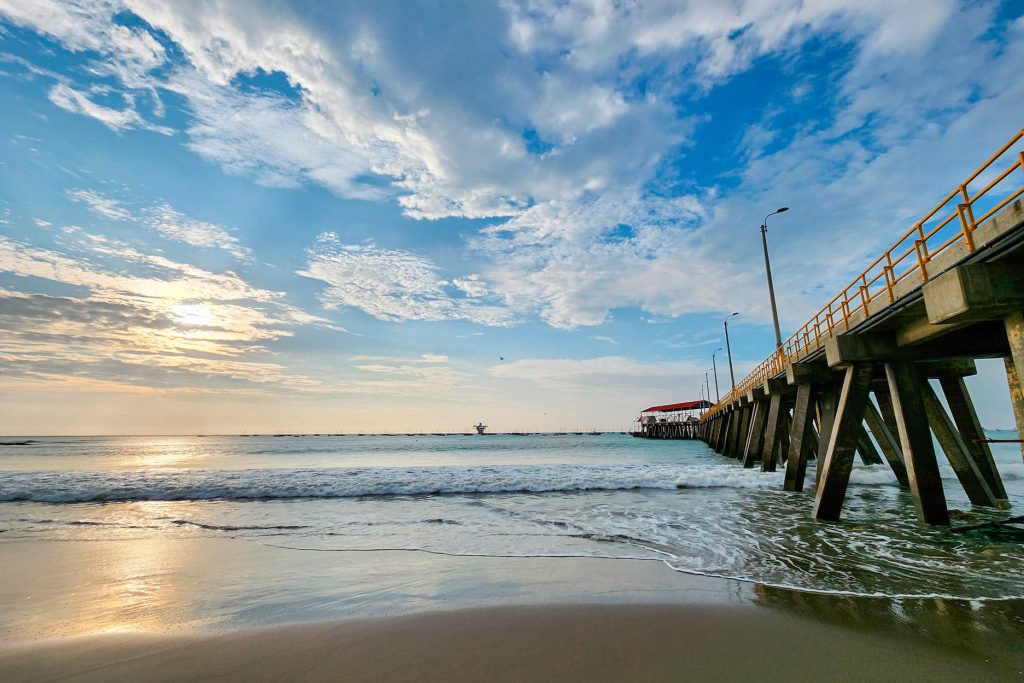
Another surfing paradise in northern Peru, Lobitos is known for its perfect tubular waves that attract seasoned surfers. While mainly a surf spot, its natural beauty, quiet beaches, and bohemian vibe also make it ideal for those seeking a more remote escape.
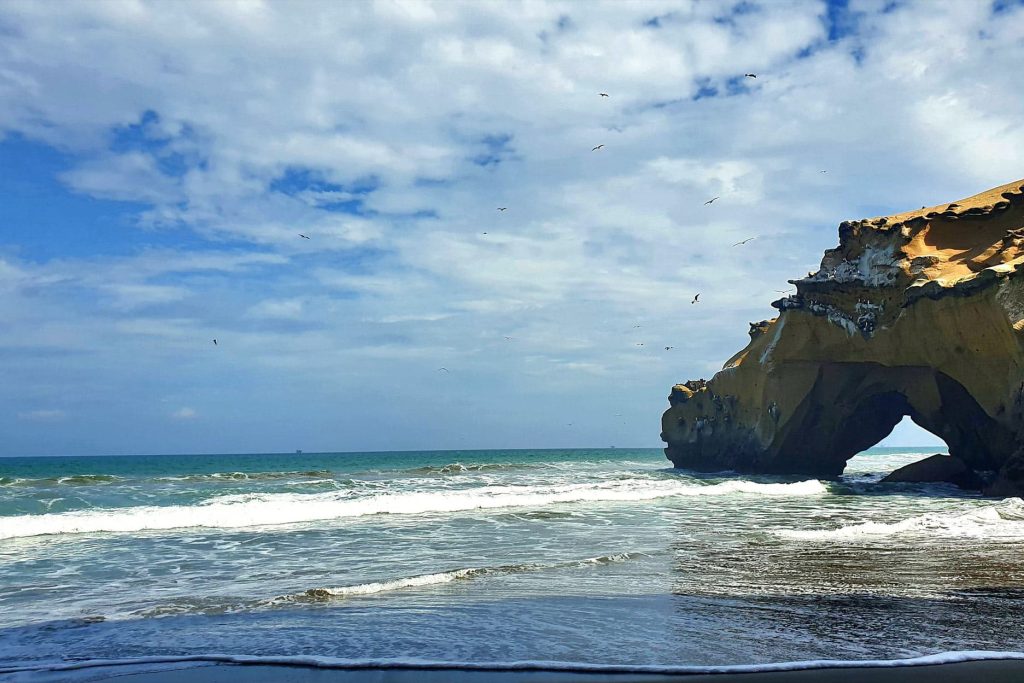
Huanchaco, in La Libertad, blends culture and sea in one destination. Here, you can see the iconic caballitos de totora and visit ancient ruins like Chan Chan. It’s also a great place to enjoy fresh ceviche by the beach.
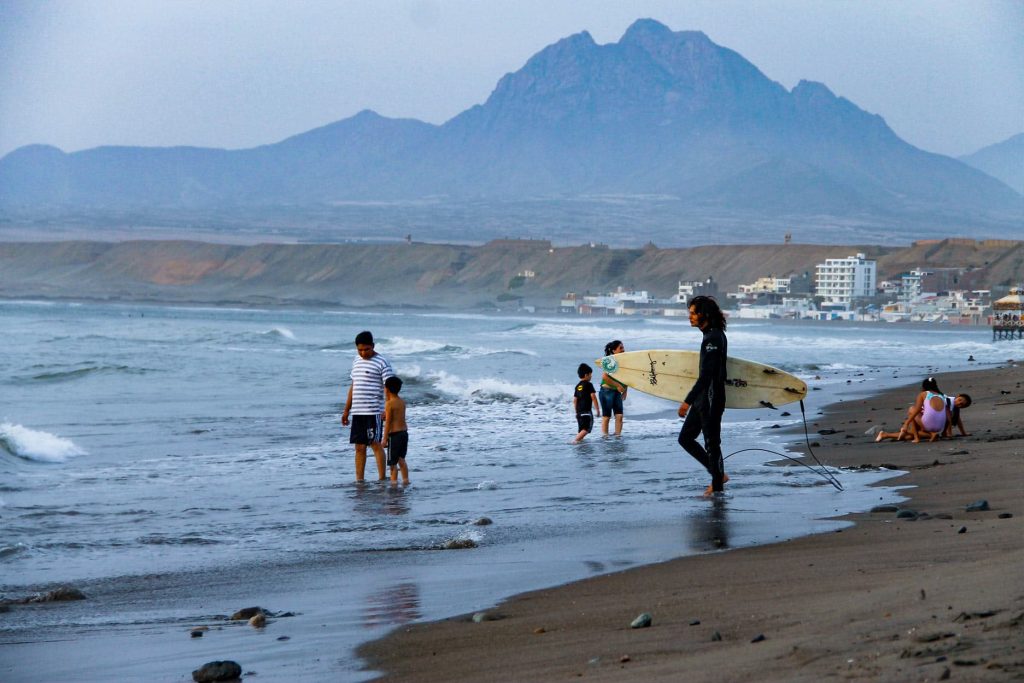
Paracas is a must for wildlife lovers and ecotourism fans. From here, you can visit the Ballestas Islands or go sandboarding in the desert. Don’t miss Playa Roja, a visually stunning beach that’s unique on Peru’s coast.
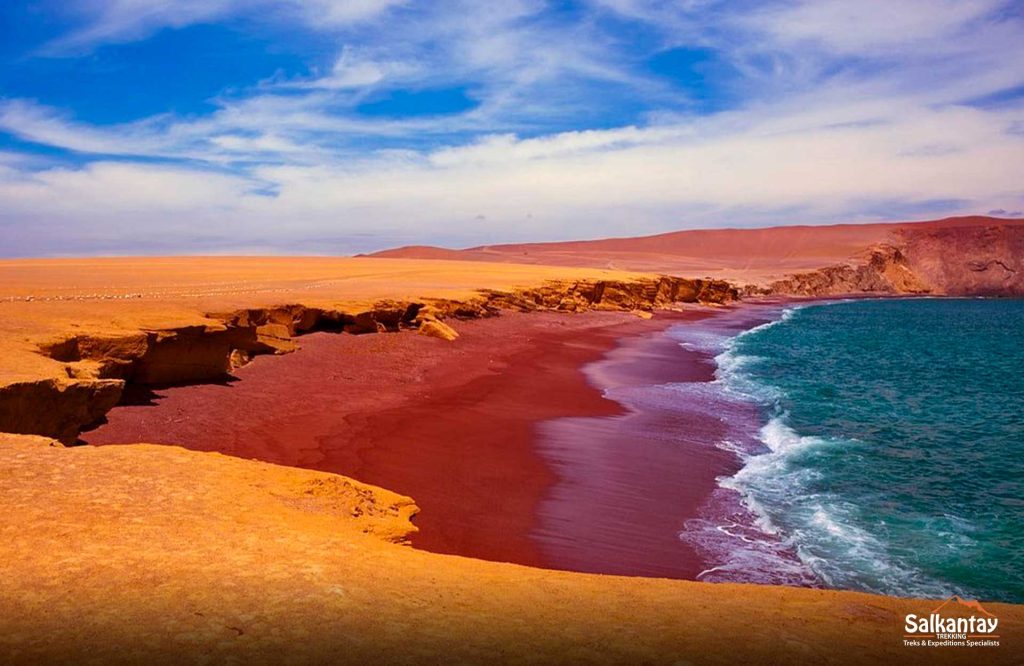
Though not technically a beach, Huacachina is a coastal desert oasis near Ica, surrounded by towering dunes. It’s perfect for thrill-seekers, offering sandboarding and dune buggy rides. Its proximity to the coast makes it easy to combine adventure with beach visits.
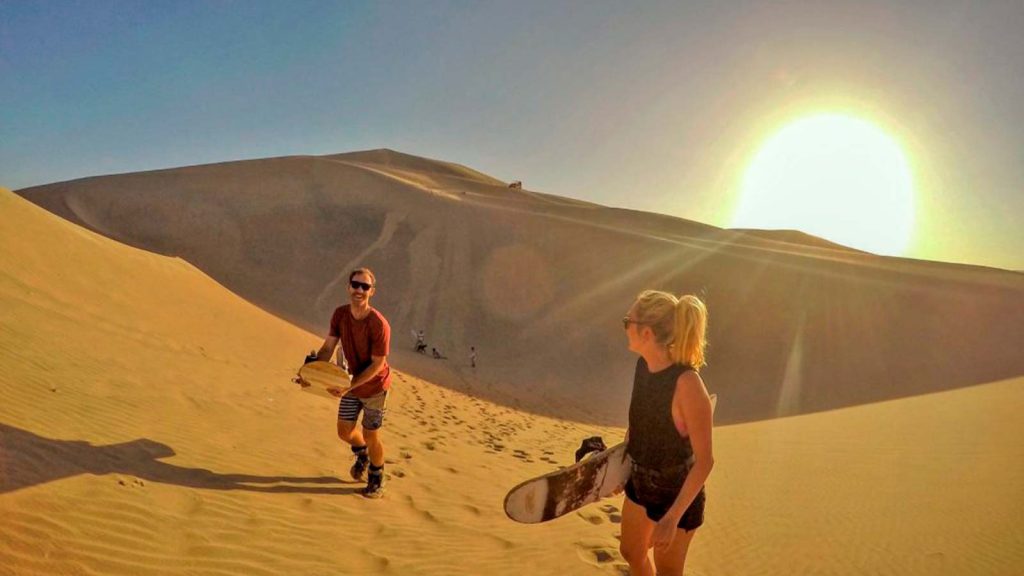
Discover the 7 Best Things to Do in Ica with this fun, practical guide. Perfect for planning a trip full of adventure and culture. Don’t miss the top picks on the Salkantay Trekking blog: Click here
Often called the “Little Galápagos,” the Ballestas Islands are a paradise for nature lovers. This archipelago hosts a rich array of marine life, including sea lions, penguins, and seabirds. Boat tours to the islands are among Paracas’ top attractions and offer a rare glimpse into coastal Peru’s biodiversity.
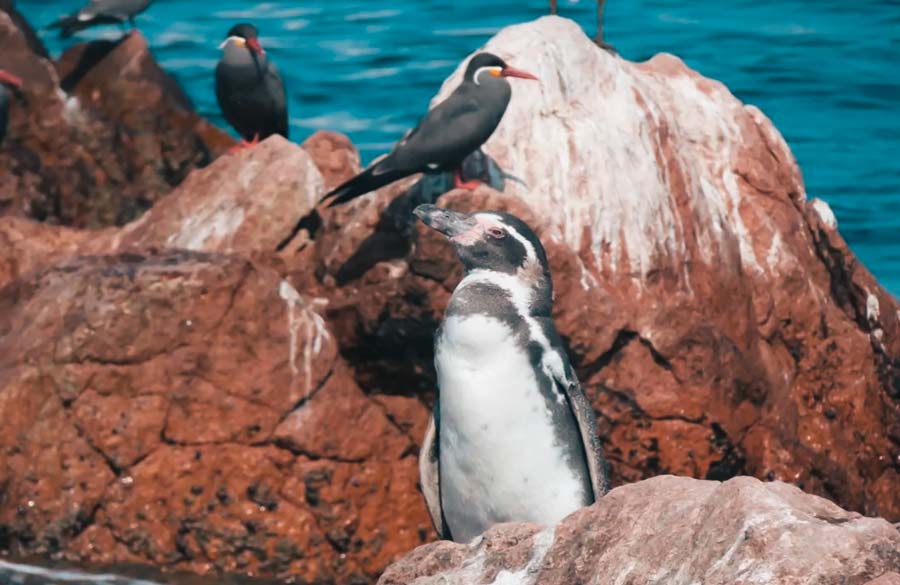
Located within the Paracas National Reserve, Playa Roja is a breathtaking destination known for its red sands that contrast beautifully with the deep blue ocean. It’s a peaceful and less crowded spot—ideal for those seeking solitude and natural wonder.
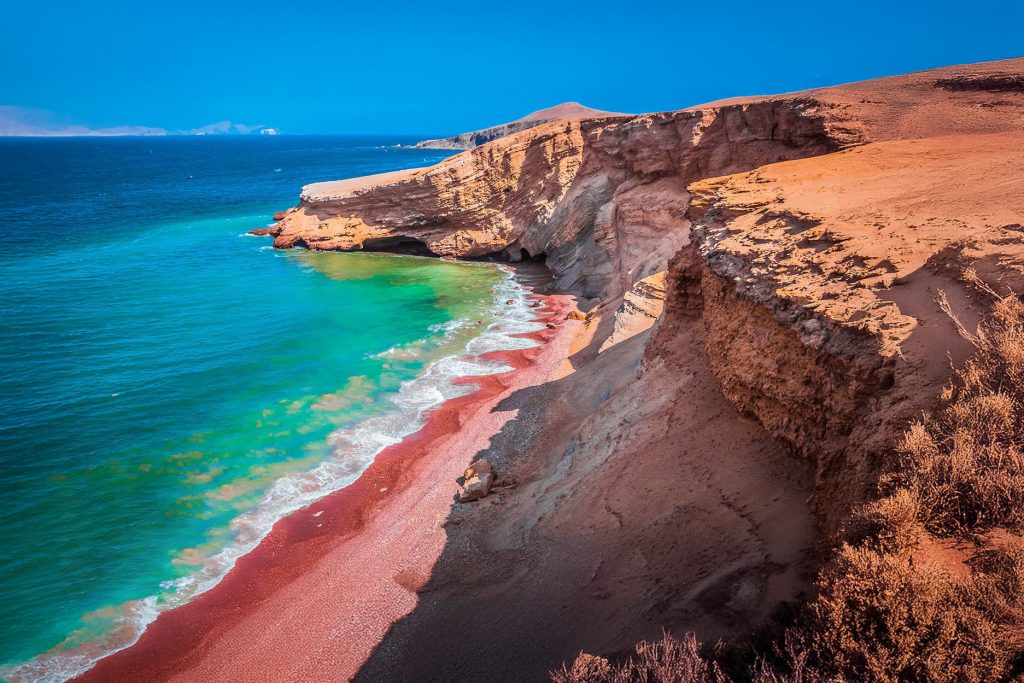
Explore Las Pocitas in Máncora, a semi-hidden beach perfect for couples and travelers looking to relax away from the crowds.
The Peruvian coast is a destination where nature, adventure, and culture come together in unforgettable ways. Plan your trip and discover why every stop is worth exploring.
Key Tips for Safe Travel
Peru’s coast combines history, flavor, and nature at every stop. To fully enjoy your experience, you need accurate, up-to-date information. Here are practical tips to explore it safely, efficiently, and responsibly.
Health & Vaccinations
No mandatory vaccines are required for coastal travel, but it’s recommended to be up-to-date on standard immunizations: hepatitis A and B, tetanus, polio, typhoid fever, and COVID‑19. Consult your doctor if you plan to visit rural areas or are on special medications. Pack a basic first‑aid kit containing painkillers, antidiarrheals, adhesive bandages, insect repellent, and sunscreen. Wear long sleeves, a hat, and UV‑filtered sunglasses. Drink only bottled or purified water, especially outside Lima.
Transportation: Move Safely
Lima is the main entry point and gateway to the rest of the coast. For long‑distance travel, use reputable intercity bus lines like Cruz del Sur, Oltursa, Movil Bus, or Civa. These offer sleeper-style seats, Wi‑Fi, and frequent departures to cities like Trujillo, Chiclayo, Piura, and Tumbes. Book tickets in advance via official websites or agencies, and confirm the service level — economy, executive, or VIP. Avoid unlicensed or informal transport. In cities, rely on ride‑hailing apps such as Uber, Cabify, Beat, or DiDi, and don’t hail taxis off the street unless they have visible license plates. If you rent a car, carry an international driver’s license and obey speed limits.
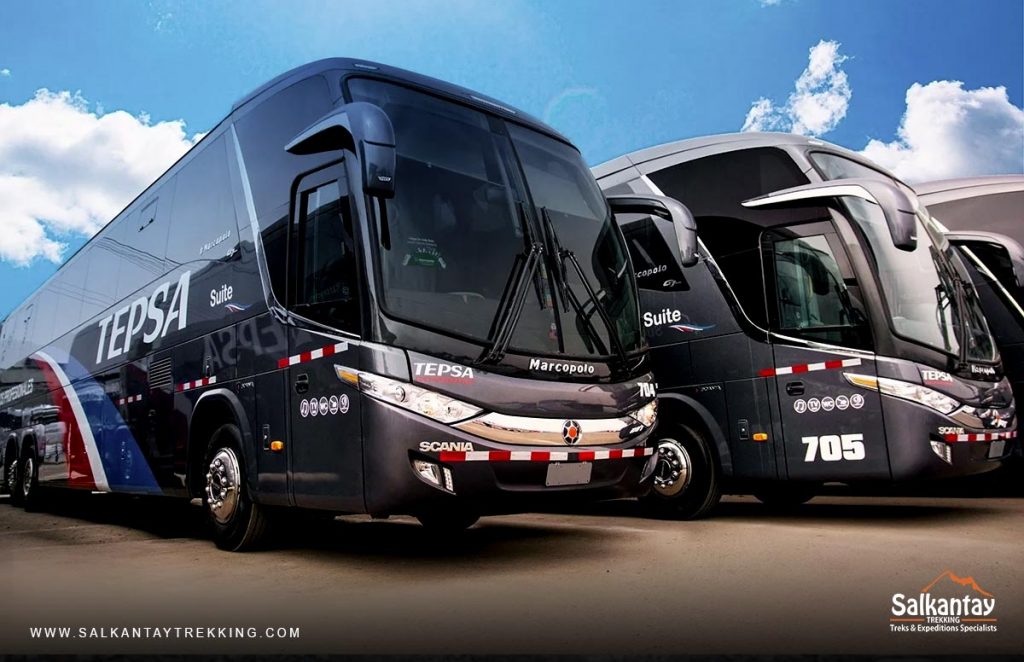
Accommodation: Where to Stay
The Peruvian coast offers accommodation for every budget. In Lima, top-rated oceanfront hotels include JW Marriott Hotel Lima (Miraflores), Belmond Miraflores Park, and Casa Andina Premium Miraflores. For more affordable or boutique stays, consider Selina Lima, Hotel Antigua Miraflores, or Hostal Kaclla. In Paracas, Hotel San Agustín Paracas and La Hacienda Bahía Paracas offer beachfront comfort. In Máncora or Punta Sal, good options include DCO Suites, Arennas Máncora, and Vichayito Bungalows & Carpas. Always check reviews on platforms like Booking, Expedia, or Google. Verify whether your stay includes breakfast, Wi‑Fi, transfers, and tours. Also confirm safety measures and cleaning protocols.
Safety: Keep Your Trip Trouble-Free
Coastal Peru is generally safe, but basic precautions are advised. Avoid displaying valuables such as large cameras, expensive watches, or jewelry. Use a discreet waist pouch for documents and money. Don’t walk alone at night in poorly lit or deserted areas; ask your hotel which zones to avoid. In case of emergency, dial 911 or reach out to the Tourist Police in major cities. Book tours only with licensed agencies (with valid RUC). Always demand a receipt and clarify what’s included. Keep digital copies of your passport, travel insurance, and tickets.

Gastronomy: What to Eat and Drink in Lima
Lima’s cuisine is renowned worldwide. Must‑try dishes include classic ceviche, anticuchos, ají de gallina, lomo saltado, and arroz con mariscos. Dessert lovers should sample suspiro a la limeña, picarones, and mazamorra morada. Popular local drinks include pisco sour, chicha morada, emoliente (perfect for cool afternoons), and Inka Kola. Try traditional breakfasts with pan con chicharrón or Lima‑style tamales. Top restaurants include Maido, La Mar, El Mercado, Punto Azul, Isolina, and Central (one of the world’s best). For budget-friendly options, markets like Surquillo or Mercado 1 de Surco offer delicious meals at great prices.
Souvenirs: What to Buy and Where
Coastal Peru boasts a rich artisanal tradition. Look for pima cotton textiles, Moche- and Chimú-inspired ceramics, wickerwork, silver jewelry, and seafood‑inspired crafts. You can also bring home coffee, cacao, dried ají amarillo, or Maras salt. In Lima, visit the Mercado Indio in Miraflores for a wide selection of handicrafts. The Barranco Artisan Fair and specialized shops like Dédalo and Las Pallas are also excellent. In Piura, the Catacaos market is perfect for straw hats, silver filigree, and decorative ceramics. Buy directly from producers and avoid mass-produced goods. Ask about origin and crafting techniques, and support fair trade by paying a reasonable price without extreme haggling.
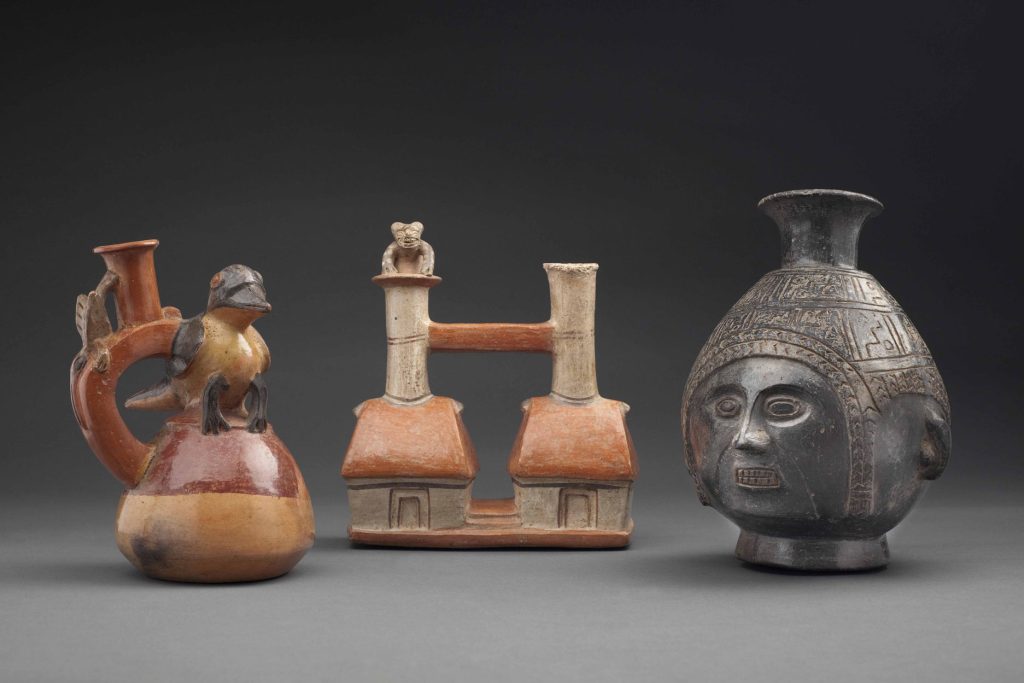

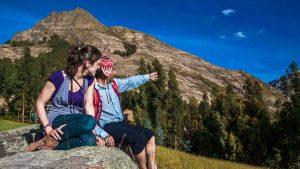
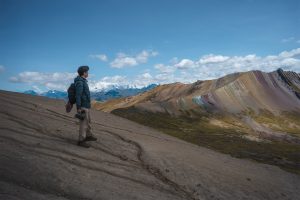
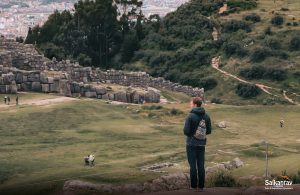
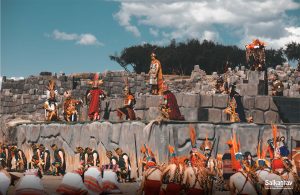
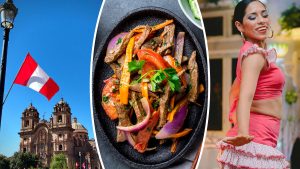


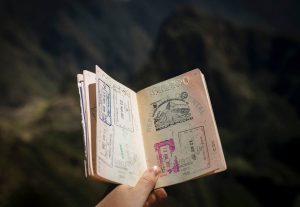
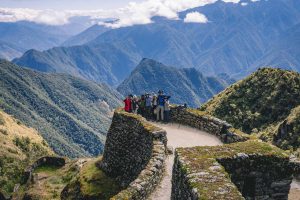

Leave A Reply